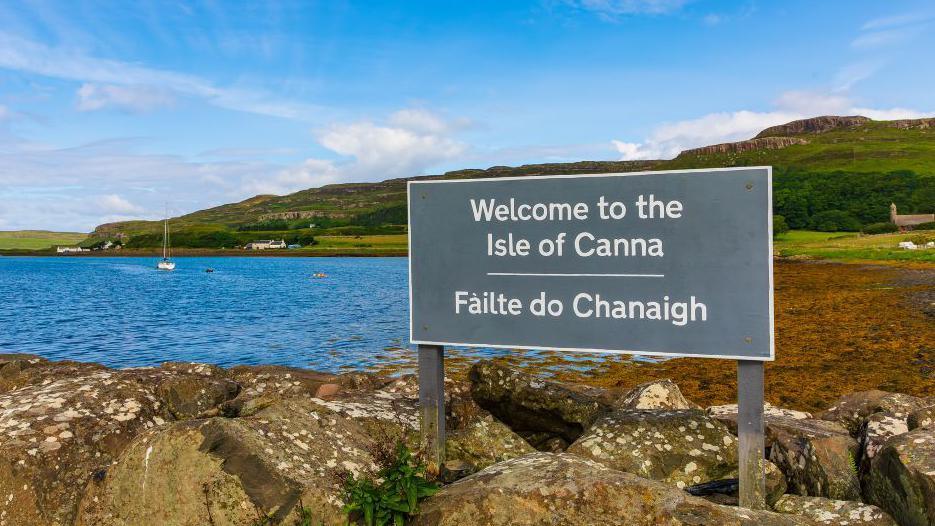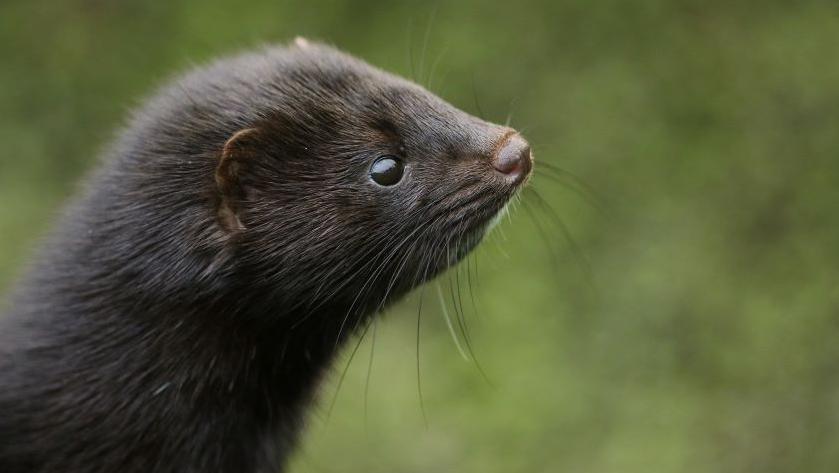Search for mystery predator eating island's seabirds

- Published
National Trust for Scotland (NTS) says it is trying to identify what has been eating seabirds on a tiny Scottish island.
Canna in the Small Isles, south of Skye, provides habitat to thousands of birds.
NTS said it was responding to "unusual signs" of predation by a mammal after the discovery of dead birds.
Wildlife cameras have spotted an otter in the seabird colony but there are concerns there could be an invasive species on the island such as mink.
Mink were brought to Scotland as part of the fur farming industry in the 1950s.
Feral populations grew when farmers went out of business in the 1960s.
The Trust said there was little information at this stage about the problem on Canna.
Ellie Owen, senior seabird officer, said: "We are responding to unusual signs of a mammalian predator in the seabird colony on Canna and we are following best practice guidance to try and establish what predator, if any, we have on the island.
"So far, our cameras have identified an otter in the colony and no mink, but we will remain fully exploring the possibility of a mink until we have completed the recommended period of monitoring."

Mink are an invasive species

Canna has had issues with other mammals in the past.
About 10 years ago, rabbits were blamed for damaging archaeological sites and causing a landslide that blocked the island's main road.
It was estimated there were more than 16,000 rabbits and NTS brought in a contractor to control numbers.
Work to exterminate rats on Canna was completed in 2008.
They were eating the eggs and chicks of ground-nesting seabirds.
Pest controllers from New Zealand were brought in to deal with thousands of rats, using poison and traps.
The rodents first arrived on the island on ships about 100 years ago.
They had also posed a threat to the island's rare wood mice, 130 of which were transferred to Edinburgh Zoo before the cull.